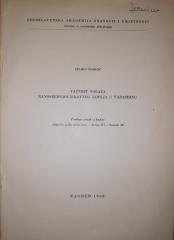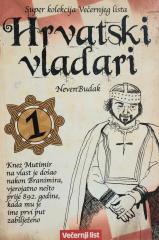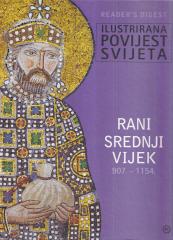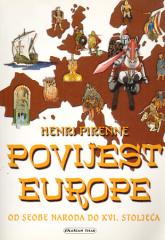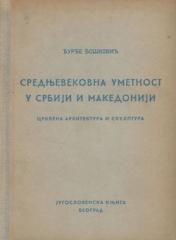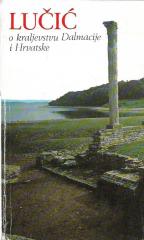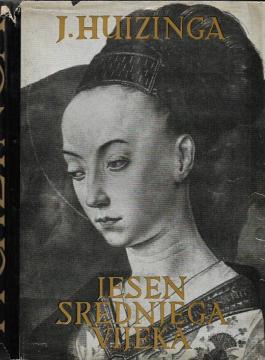
Jesen srednjega vijeka
Das klassische Buch des bedeutenden niederländischen Historikers Johan Huizinga (1872–1945) „Der Herbst des Mittelalters“ wurde vor hundert Jahren, im Jahr 1919, veröffentlicht und ist bis heute eines der berühmtesten Werke über das Mittelalter.
„Der Herbst des Mittelalters“ ist ein kulthistoriografisches Werk des niederländischen Historikers Johan Huizinga, das das kulturelle und soziale Leben in Frankreich und den Niederlanden im 14. und 15. Jahrhundert darstellt. Anstatt sich auf politische Ereignisse zu konzentrieren, analysiert Huizinga die Mentalität, Symbolik und das tägliche Leben der Menschen gegen Ende des Mittelalters.
Huizinga schildert diese Periode als eine Zeit der Dekadenz und emotionalen Übertreibung, die von Pessimismus, Mystizismus und intensiver Religiosität geprägt war. Die Kunst und Literatur dieser Zeit sind durchdrungen von Bildern des Todes, moralischen Predigten und Ritualen, die eine tiefe Unsicherheit und das Gefühl des Weltuntergangs widerspiegeln.
Der Autor argumentiert, dass das Ende des Mittelalters kein plötzlicher Bruch war, sondern ein langsames „Absterben“ alter Werte, wie es sich in der Kultur höfischer Bräuche, ritterlicher Ideale und des Zeremoniells widerspiegelt. Obwohl Huizinga oft als dunkles Zeitalter wahrgenommen wird, zeigt es, dass es auch eine Zeit großer Sensibilität, Vorstellungskraft und spiritueller Intensität war.
Das Werk ist kulturgeschichtlich wegweisend und bleibt, obwohl umstritten, eine unverzichtbare Lektüre für das Verständnis des Übergangs vom Mittelalter zur Renaissance.
Im Angebot sind keine Exemplare vorhanden
Das letzte Exemplar wurde kürzlich verkauft.
